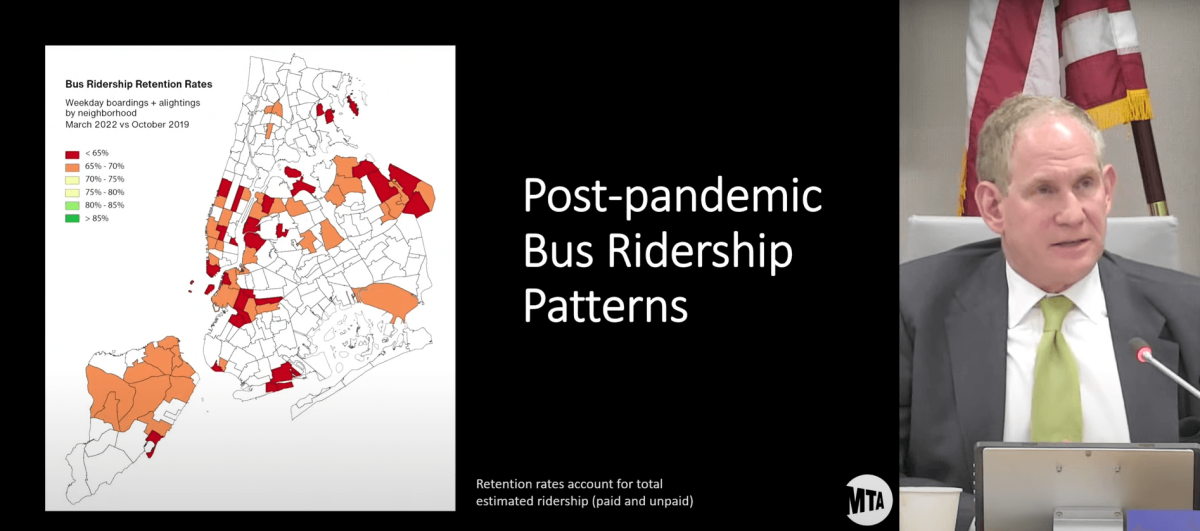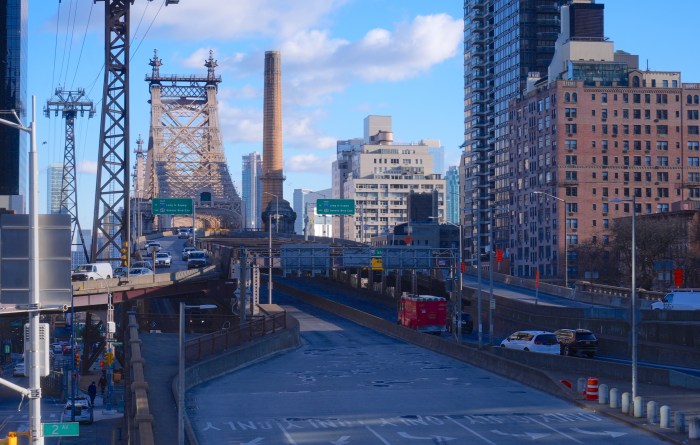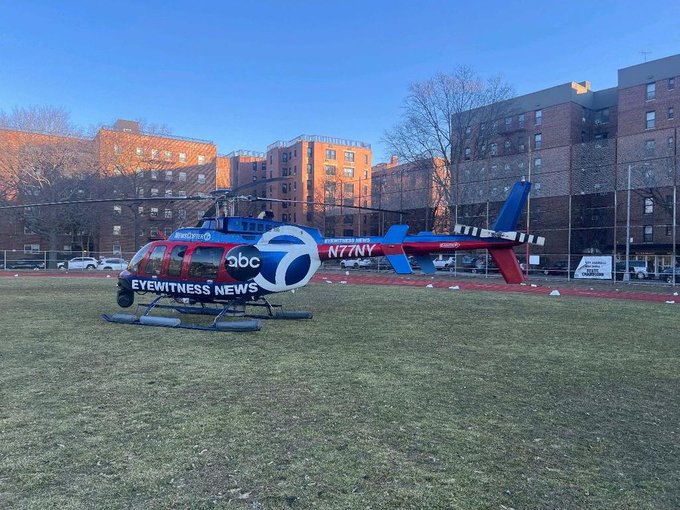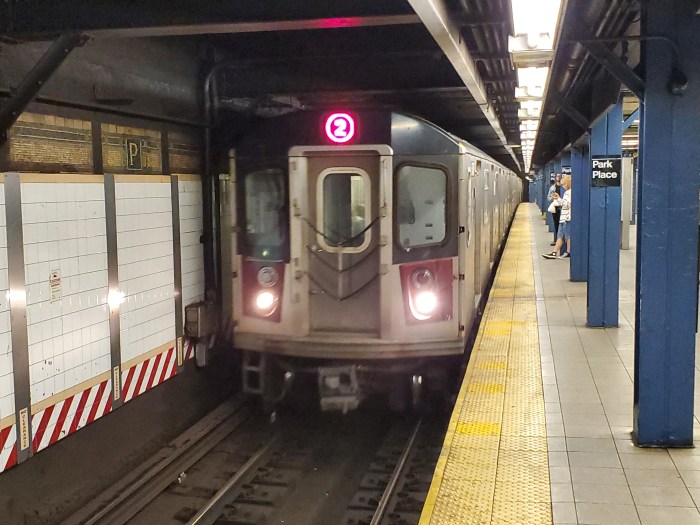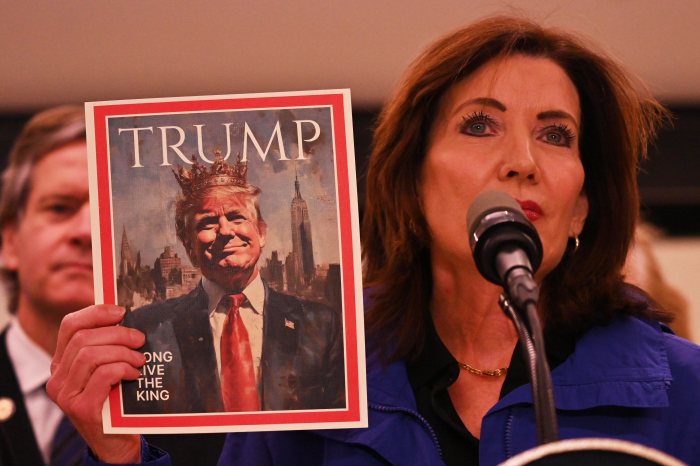A new MTA analysis found that bus ridership continues to stay low in central business districts, while nearly fully rebounding to pre-pandemic levels in blue collar residential areas in the outer boroughs.
The results mirror subway ridership figures the agency revealed last month. In areas like the Rockaways and other parts of Eastern Queens, where service and essential workers rely on the bus for their daily commute, ridership has surged up to over 90 percent of the pre-pandemic numbers.
But Manhattan below 96th Street, downtown Brooklyn and Long Island City are still below 65 percent ridership compared to their pre-Covid figures.
At the monthly MTA board meeting on Wednesday, MTA Chairperson and CEO Janno Lieber displayed two maps that highlighted the geographic extremes for bus ridership.
Lieber explained that the business district figures match those more affluent neighborhoods in Queens and Staten Island that have high concentrations of white collar, remote workers.
The data, which also found high ridership in a handful of neighborhoods in the Bronx and the western tip of Manhattan, strengthens the rationale for the agency’s recent work on redesigning the Bronx bus network, Lieber said. That redesign, which launched last Sunday, overhauled over a dozen routes to streamline and make the routes less winding to speed up travel times for commuters in the borough.
The MTA announced another bit of news that it hopes will clear up street congestion and make bus travel more efficient at the meeting: the agency submitted its draft environmental assessment on congestion pricing to the federal government, which will put it back on a track to enact the new toll scheme.
“We have stanched the loss of time in this congestion process and we’re hoping we lost no more than four to six weeks as a result of some of the difficulties,” said Lieber.
The news was received with excitement from transit activists.
“There’s not a moment to lose for faster buses and emergency vehicles, less air pollution and fewer carbon emissions and deadly collisions,” wrote Riders Alliance spokesperson Danny Pearlstein in response to the news about congestion pricing.
Next on the agency’s bus agenda, the MTA will set its sights on Queens to pick up on a redesign project that was interrupted by the pandemic. During the public period, a number of green transit advocates chimed in to convey goals to the agency as it.
Jaqi Cohen, director of Climate and Equity Policy, outlined five key recommendations, which involve more frequent service, implementing all-door boarding on all local buses, measuring equity and investment and improving community outreach.
Another advocate with the Bus Turnaround Coalition said that groups’ recommendation to the MTA is to provide 6-minute service on all local buses.
While many of the advocates’ build off the MTA’s existing redesign priorities, the timing of all-door boarding may be a sticking point for the agency. Several months ago, under Lieber’s leadership, the MTA began asking bus drivers to not open the rear doors on local buses when passengers are boarding.
The agency has said it will eventually allow all-door boarding but only as OMNY readers are installed on its bus fleet. It’s unclear whether that would fall within the timeframe of the Queens bus redesign rollout.



